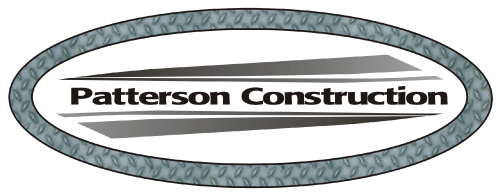Energy-Efficient Roofing Explained
Roofs are a significant component of every home that provides aesthetic and functional benefits
The rising utility costs across the country have encouraged homeowners to look for ways to make their homes more energy efficient. Therefore, people do all they can to reduce their energy consumption and lower their bills, from energy-efficient building materials, windows, appliances, and lighting to energy-efficient roofs.
Roofs are a significant component of every home that provides aesthetic and functional benefits. A well-designed, constructed, and maintained roof plays a significant role in maintaining a comfortable home environment and is a valuable weapon against increasing energy costs. Whether installing a new roof or replacing an old, outdated, or severely damaged roof, here are a few factors that can help to make the roof more energy efficient:
Roofing material
Invest in Energy Star-rated roofing materials to achieve an energy-efficient residential roof. The roofing materials get tested for high-performance and energy-saving qualities before qualifying for these ratings. For example, asphalt shingles, metal, shake shingles, tile, and slate are energy-efficient materials. Metal is a good heat conductor and is suitable for warmer climates. Wood is eco-friendly and an excellent insulator. However, slate and tiles have built-in reflectivity and thermal resistance, and several asphalt shingle roofs come with reflective granules to keep the roofing cool.
Roof color
The roof colors play a significant role in maintaining energy efficiency. Dark-colored roofs absorb heat and transfer it to the roof deck and attic, while light-colored roofs reflect heat. The Solar Reflective Index (SRI) measures the roof’s ability to reflect solar heat and thermal emissivity. High SRI numbers are better for energy savings. Choose the roof color based on the regional location. Light color roofing in hot climates reduces heat transfer, while dark-colored roofs in frigid climates keep the home warm. Picking the right roof color will save money on energy bills and maintenance.
Insulation
Insulation plays a crucial role in making roofs energy efficient. Heat loss and gain are common problems in several homes. Adequate roof insulation offers a protective barrier to prevent heated or cooled air from escaping. Insulation increases the roof’s efficiency and creates a comfortable living environment. The uncontrolled temperature in the roof cavity makes a home inefficient. Insulation controls that temperature. It is the ideal solution for both cold and warm climates. Wood fiber, spray foam, rigid board, fiberglass, and batt are the different types of insulation to consider.
Ventilation
Ventilation is an essential key that makes the roof energy efficient. Adequate ventilation prevents heat build-up inside the attic by allowing cold outside air to enter the home and hot air to escape the attic. Lack of ventilation pushes the air conditioner to work harder to maintain desired temperature and damages the roof. To improve ventilation, install intake vents along the roof’s lowest points and position exhaust vents high on the roofing. A roofing contractor can inspect the existing ventilation and install additional vents, if necessary.
Energy-efficient roofing
Besides lowering the energy bills, an energy-efficient roof is eco-friendly, prolongs the life of the roof and HVAC system, reduces maintenance costs, boosts property value, and enhances indoor comfort. Get in touch with a residential roofing contractor to learn more about energy-efficient roofing.
Patterson Construction Company installs and repairs residential roofs of all kinds, skylights, roof ventilation, fascia, and underlayment on Phoenix-area homes. Call 602-825-3638 for a free quote today!

